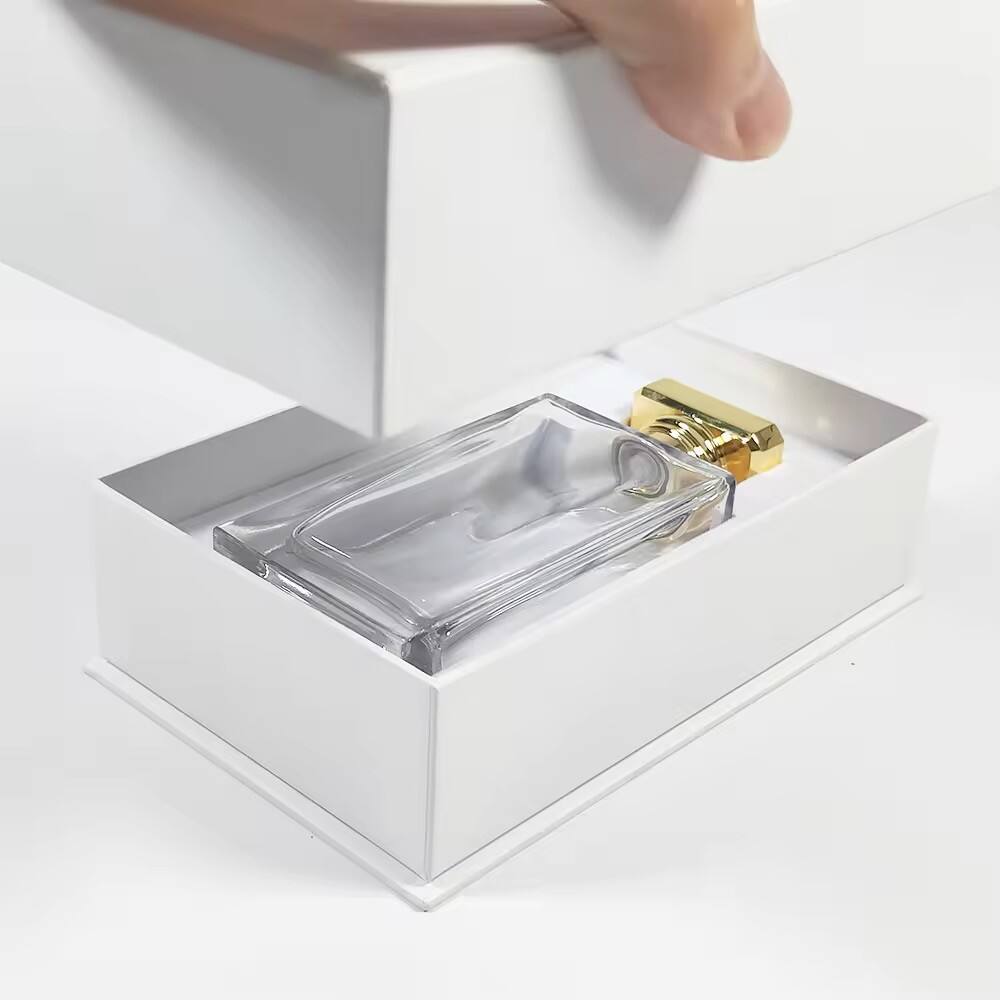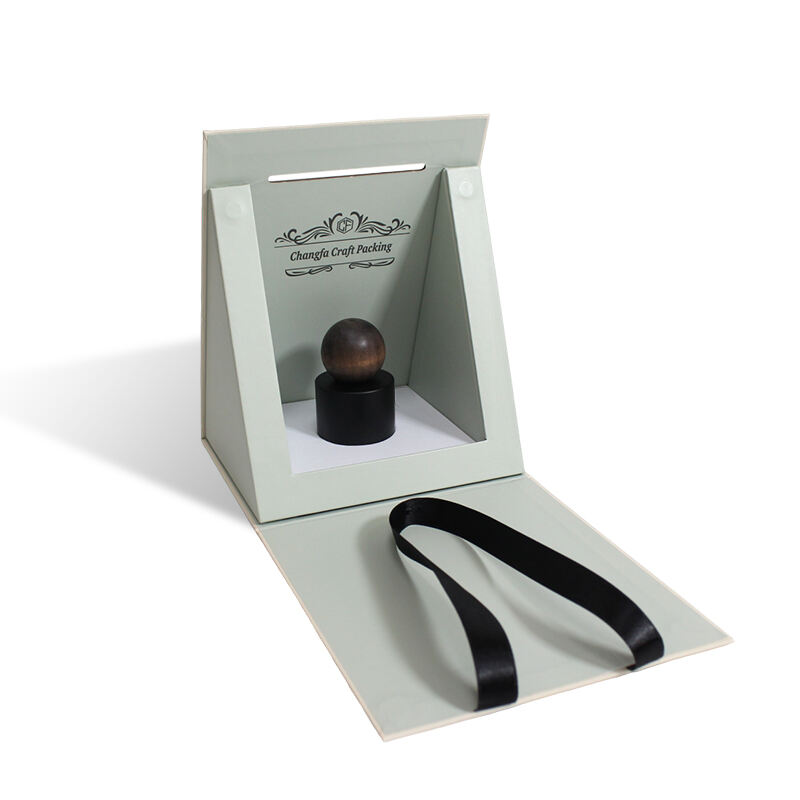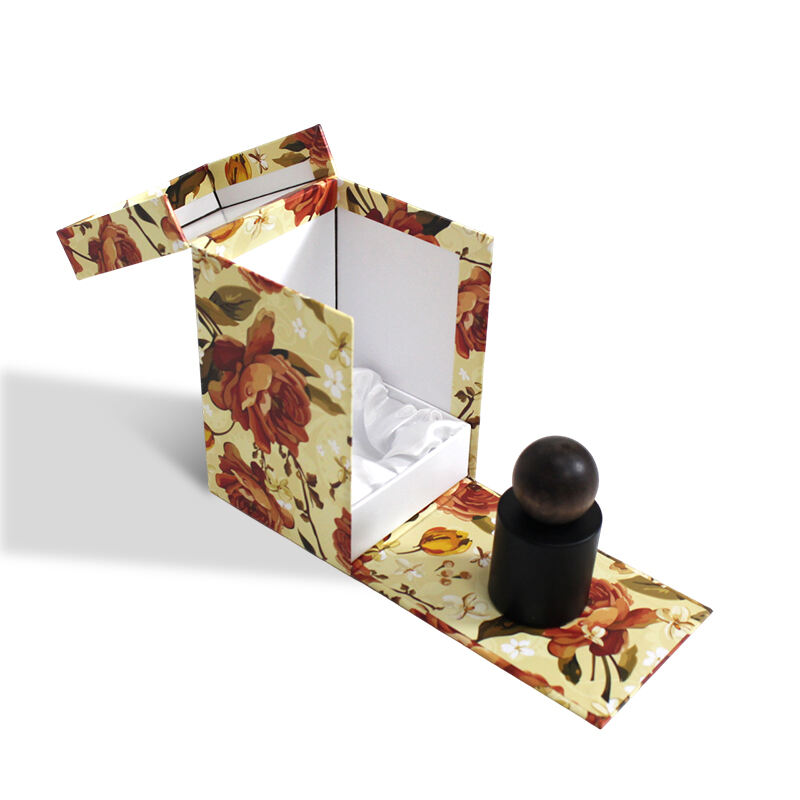Sustainable Perfume Packaging: Balancing Luxury and Environmental Responsibility
Material Innovations Driving Sustainable Perfume Packaging
Glass: The Timeless Eco-Friendly Option
Glass remains a leading material for eco-friendly perfume packaging due to its impressive recyclability rate, typically over 90%, making it a top choice for sustainable luxury brands. Its inert nature ensures that harmful chemicals do not leach into the enclosed fragrance, thus preserving the integrity of the scent. Glass is often perceived by consumers as a premium material, enhancing the brand's value through its luxurious appeal. Furthermore, its durability reduces the need for frequent replacements, aligning with sustainable practices by minimizing waste and promoting long-term use.
Recycled Paperboard: Merging Luxury with Circular Design
The utilization of recycled paperboard in packaging significantly reduces waste and emissions associated with raw material production, making it a preferred choice for environmentally conscious luxury brands. Brands can apply high-quality finishes such as embossing and foil stamping on recycled paperboard to maintain a premium aesthetic while also enhancing the tactile consumer experience. By adopting circular design principles, companies can facilitate a closed-loop packaging system, further supporting sustainability initiatives by ensuring that materials are reused and recycled efficiently, thus contributing to the environmental soap packaging movement.
Biodegradable Plastics: A Controversial Yet Emerging Solution
Biodegradable plastics offer promising reductions in plastic waste but require specific composting conditions for effective degradation. By using renewable resources in production, these plastics contribute to sustainable practices and are gaining traction through emerging technologies that make them more effective. However, challenges persist, particularly in public perception and performance comparisons with traditional plastics. Despite these issues, biodegradable plastics represent a significant step towards innovative, sustainable packaging solutions in the perfume industry, as their development and acceptance continue to grow among eco-conscious consumers.
Minimalist Aesthetics Reducing Material Waste
Embracing minimalist aesthetics in packaging design is an effective strategy to reduce material waste in the luxury sector. By prioritizing simplicity, brands can decrease resource consumption while simultaneously enhancing their environmental message. For instance, removing unnecessary packaging layers streamlines the customer experience and emphasizes a brand's commitment to sustainability. This approach is already being utilized by high-end brands that focus on minimalist packaging to boost brand appeal, illustrating how eco-conscious design can align with consumer expectations for sustainable aesthetics.
Refillable Systems Extending Packaging Lifespan
Refillable perfume systems have emerged as a cornerstone of sustainable luxury, encouraging both brand loyalty and reducing environmental impact. By enabling consumers to reuse the original container, these systems can cut down packaging waste by an impressive 50-70%. This approach not only underscores a brand’s dedication to sustainable practices but also enhances its image by showcasing environmental responsibility. As more brands incorporate refillable systems, they reinforce their stature as leaders in sustainable luxury, appealing to environmentally conscious consumers and contributing to waste reduction.
Spotlight: Sustainable Perfume Packaging Innovations
Gift 'Perfum' Luxury Cardboard Box with Customizable Recyclability
The Gift 'Perfum' Luxury Cardboard Box stands out in sustainable packaging through its customizable elements, which eco-conscious consumers can tailor, emphasizing recyclability. By offering choices in recyclable components, this packaging innovation showcases transparency and empowers consumers to participate in sustainability efforts. Not only does the luxury packaging's unique design enhance customer engagement, but it also aligns with eco-friendly practices. Moreover, statistics indicate that customizable packaging options can lead to increased brand loyalty, as consumers appreciate brands prioritizing sustainable choices.
Magnetic Closure Black Paper Rigid Gift Box
The Magnetic Closure Black Paper Rigid Gift Box exemplifies sustainable luxury by utilizing high-quality recycled paper, ensuring an eco-friendly approach while maintaining premium standards. The magnetic closure not only enhances functionality but also boosts the perceived value of the product, encouraging consumers to reuse the box. With its sturdy design, the rigid box offers excellent protection for products, minimizing damage and waste. Luxury brands can capitalize on this packaging type, effectively strengthening their sustainable messaging in an ever-evolving market landscape.
Clamshell Foldable Cardboard Cosmetics Container
The Clamshell Foldable Cardboard Cosmetics Container addresses sustainable goals by reducing shipping costs and carbon footprint through its foldable design. Additionally, this packaging style supports the environment by being easily recyclable and manufactured from post-consumer waste. The innovative clamshell design appeals to younger generations, like millennials and Gen Z, who prioritize sustainability. According to consumer preference data, innovative and functional designs such as this enhance the overall product appeal, paving the way for eco-conscious consumption choices.
Overcoming Challenges in Green Packaging Adoption
Balancing Premium Perception with Recycled Materials
Luxury brands often grapple with the challenge of maintaining a premium image while using recycled materials for packaging, as consumer perception plays a crucial role. Brands that have managed to effectively balance this aspect can serve as case studies, offering valuable insights into successful strategies. For instance, detailing the innovative methods involved in recycling can boost both brand value and consumer awareness. Notably, statistics indicate that consumers are prepared to pay more for products that boast sustainable packaging, underscoring the importance of premium recycled materials. This willingness to invest in eco-friendly options highlights the evolving preferences of today's consumers and the immense potential for brands committed to sustainability.
Addressing Supply Chain Complexities
Switching to sustainable packaging requires adjustments across several supply chain stages, leading to a complex transition. Achieving success in this endeavor hinges on strong collaboration among suppliers, manufacturers, and retailers, as they work together to devise effective solutions. Implementing innovative logistics solutions can streamline these processes, resulting in cost savings and a minimized environmental impact. Experts suggest that overcoming these challenges is integral to a brand's long-term sustainability success. By tackling these supply chain intricacies head-on, companies can not only enhance their green packaging efforts but also position themselves as leaders in eco-friendly logistics and sustainability.
 EN
EN
 AR
AR
 HR
HR
 CS
CS
 DA
DA
 NL
NL
 FI
FI
 FR
FR
 DE
DE
 EL
EL
 HI
HI
 IT
IT
 JA
JA
 KO
KO
 NO
NO
 PL
PL
 PT
PT
 RO
RO
 RU
RU
 ES
ES
 SV
SV
 TL
TL
 ID
ID
 LT
LT
 SL
SL
 VI
VI
 HU
HU
 MT
MT
 TH
TH
 TR
TR
 FA
FA
 AF
AF
 MS
MS
 GA
GA
 MK
MK
 AZ
AZ
 BN
BN
 LO
LO
 LA
LA
 MN
MN



